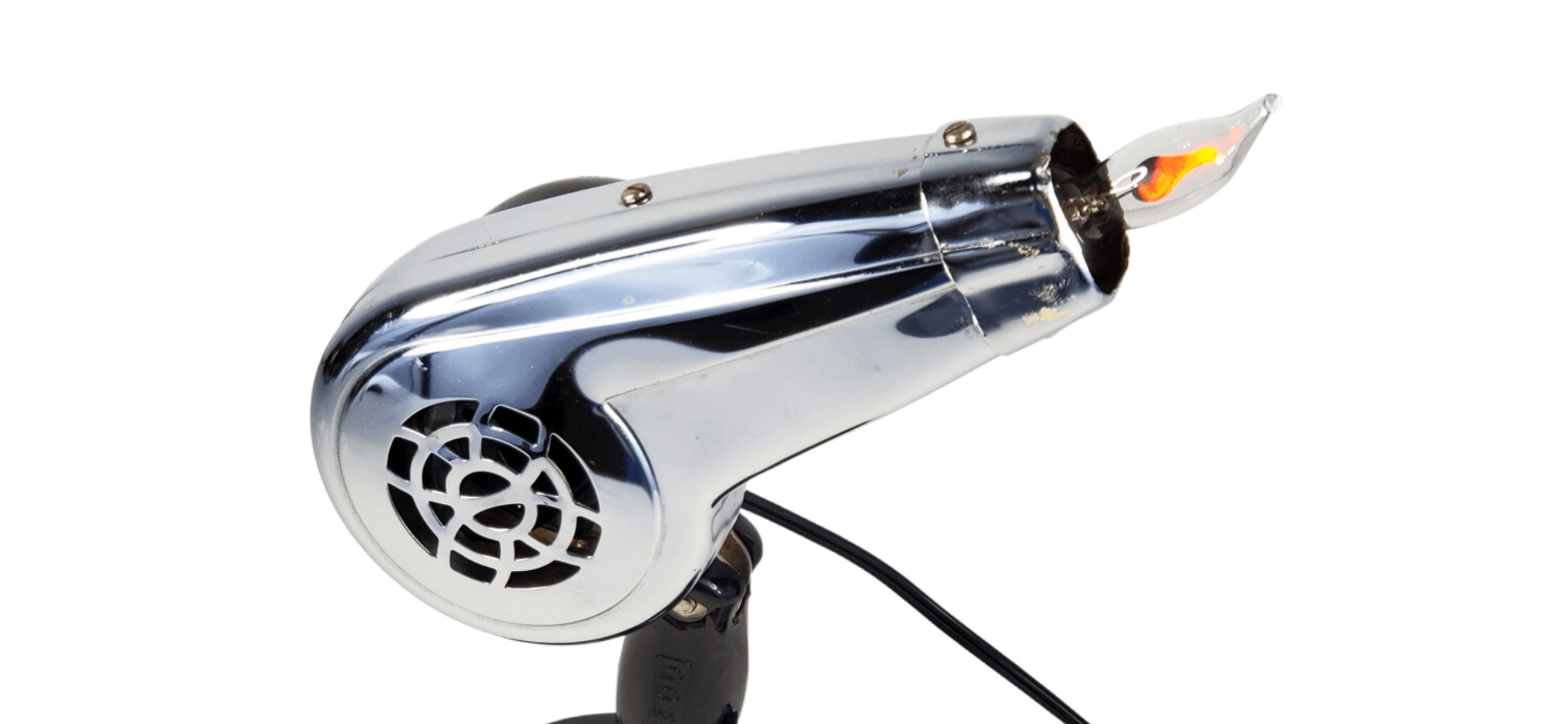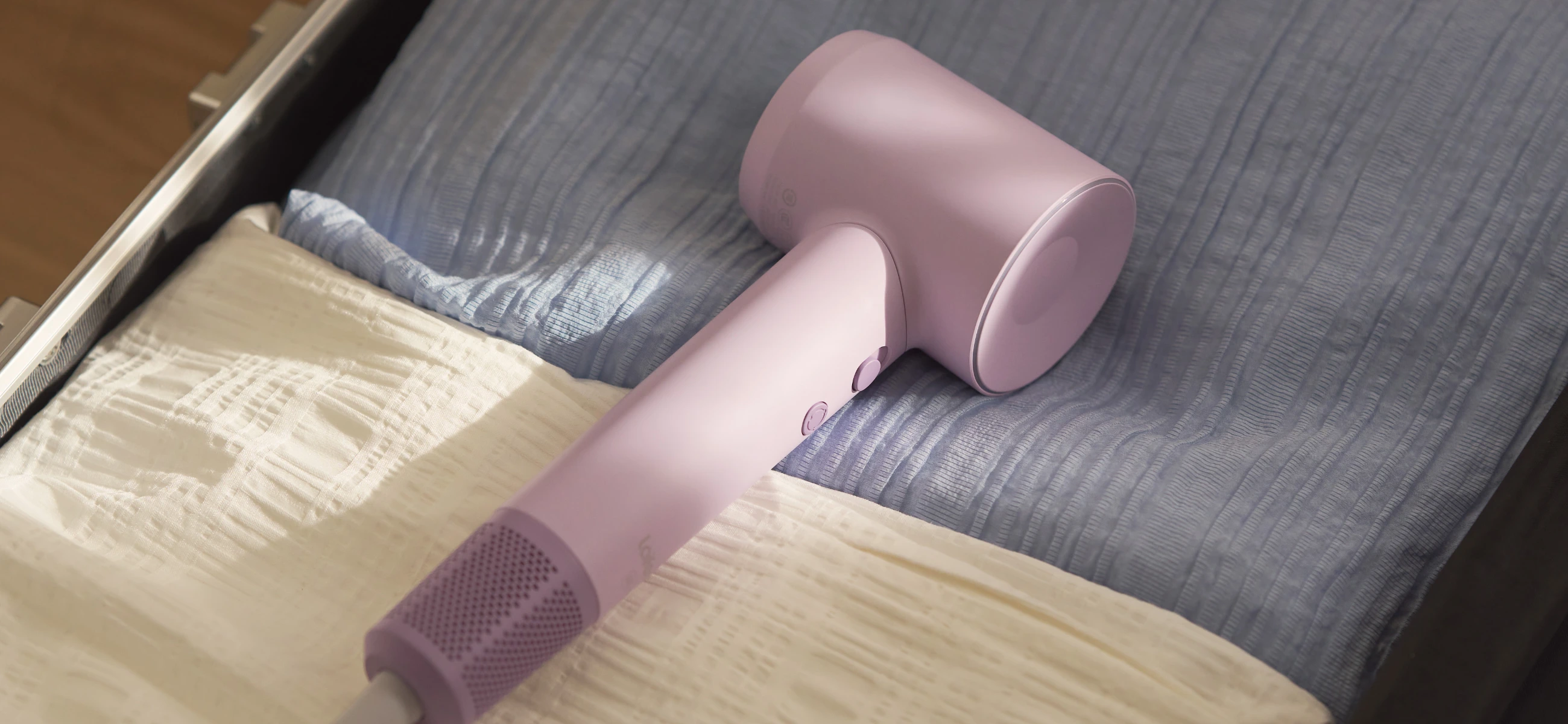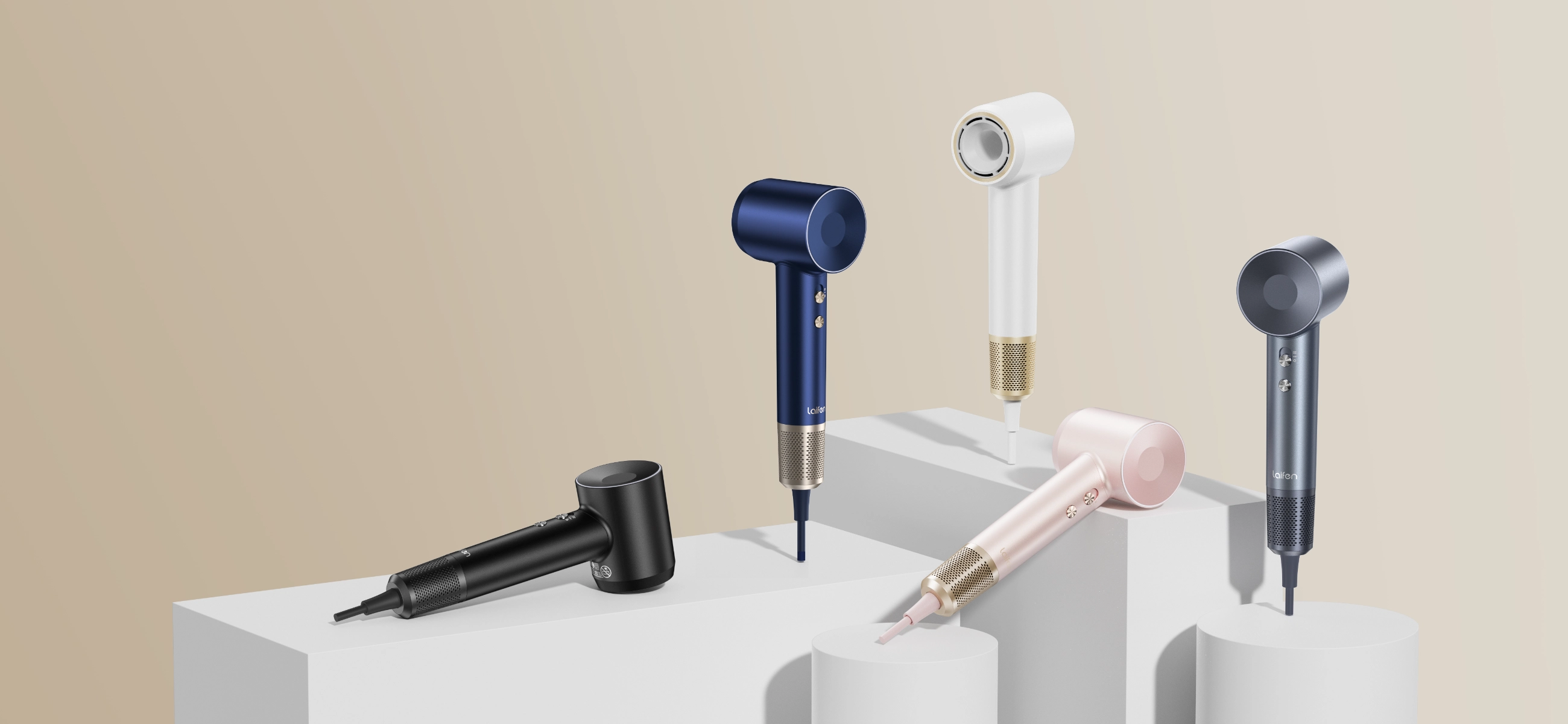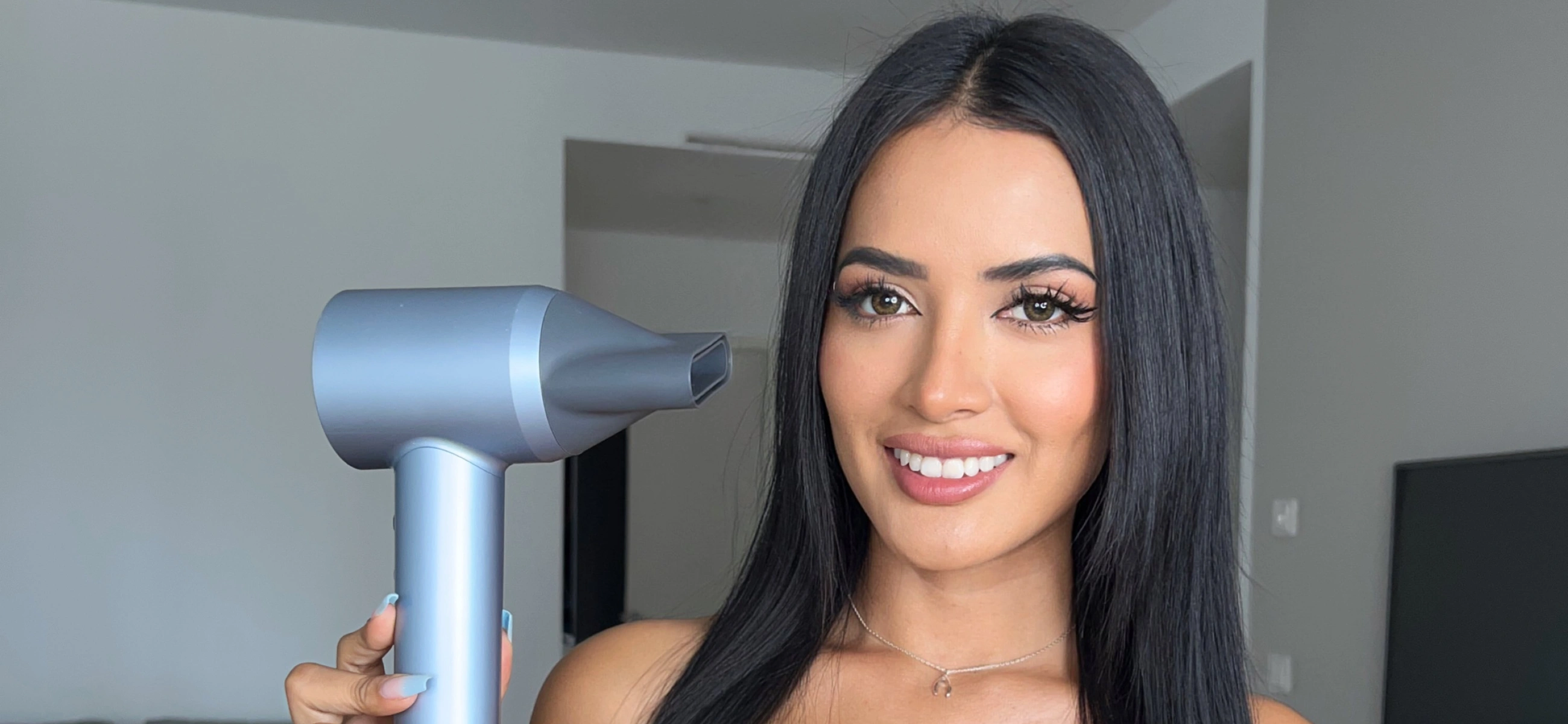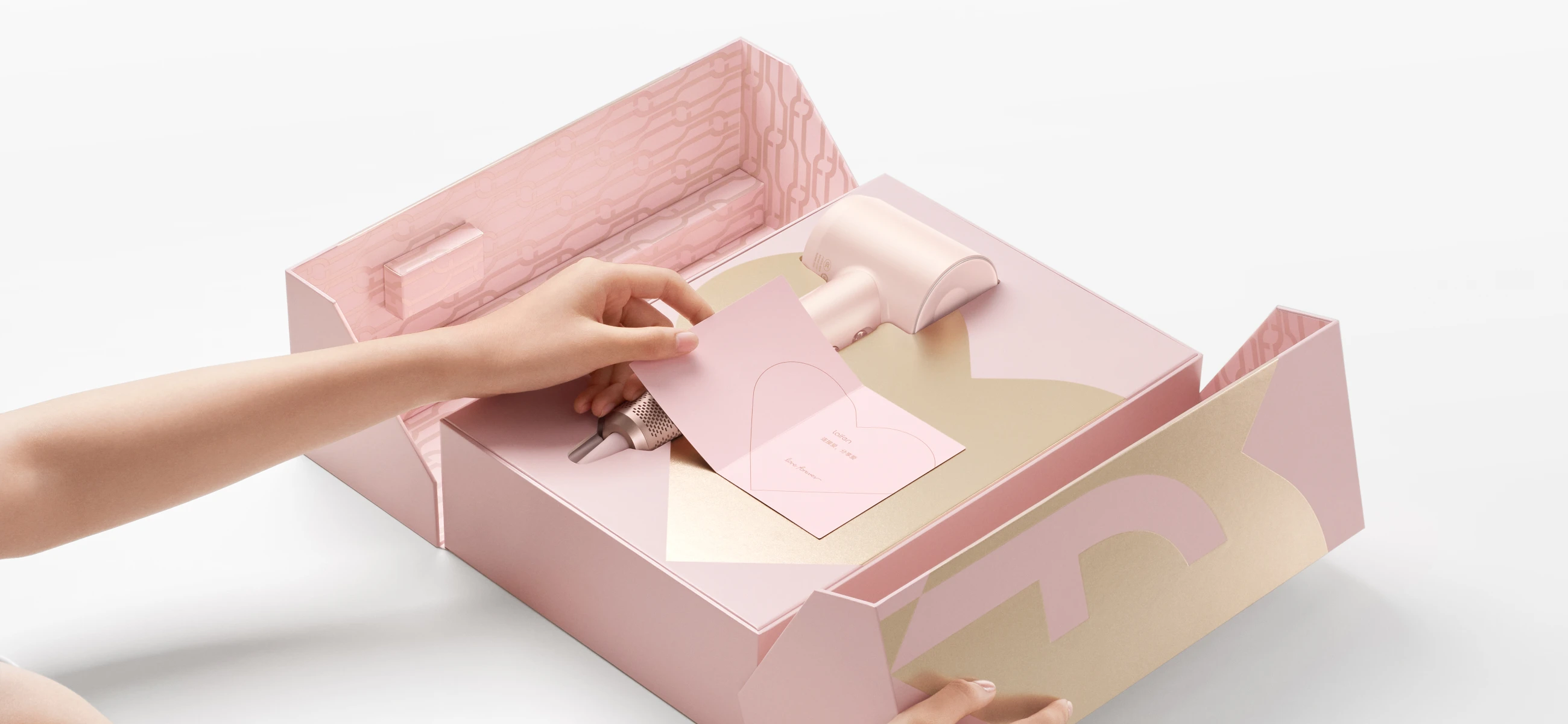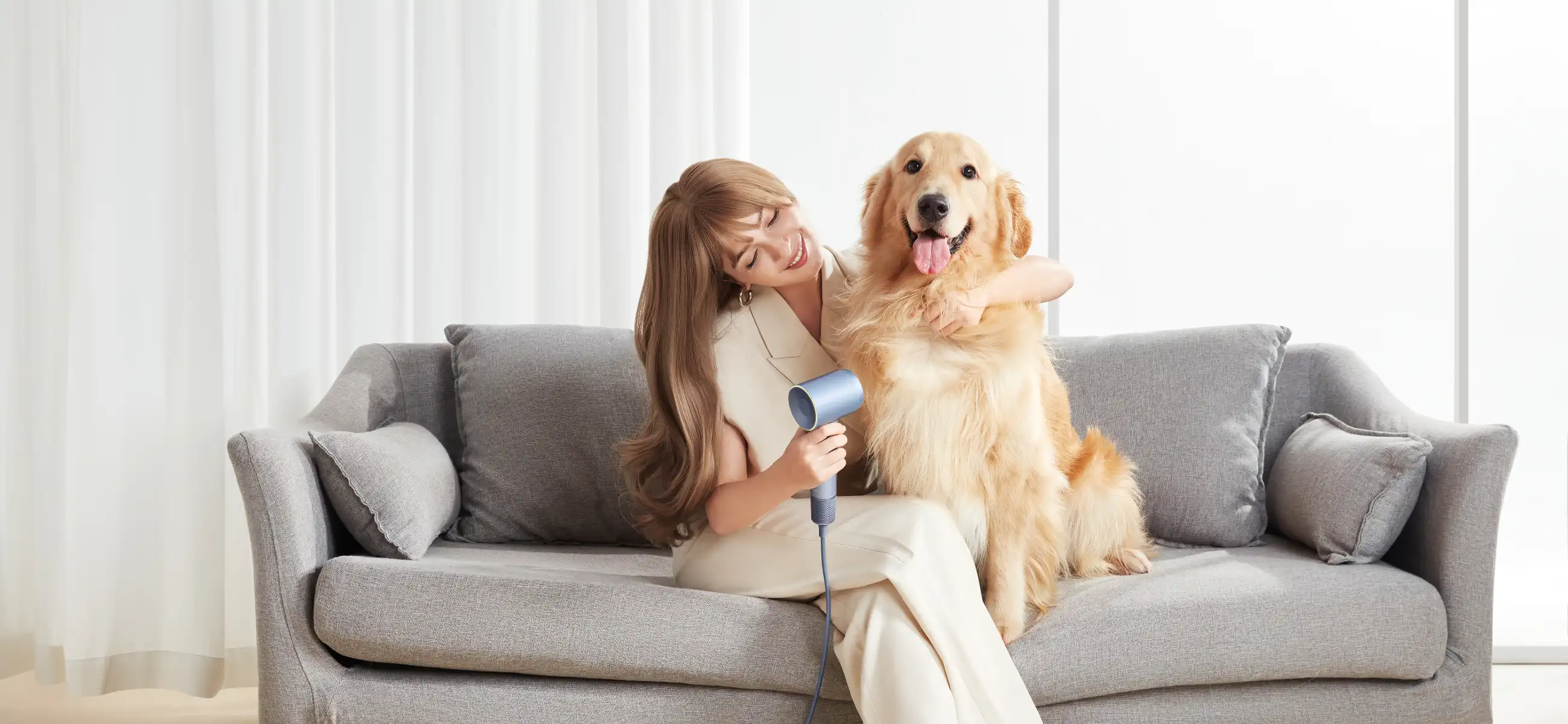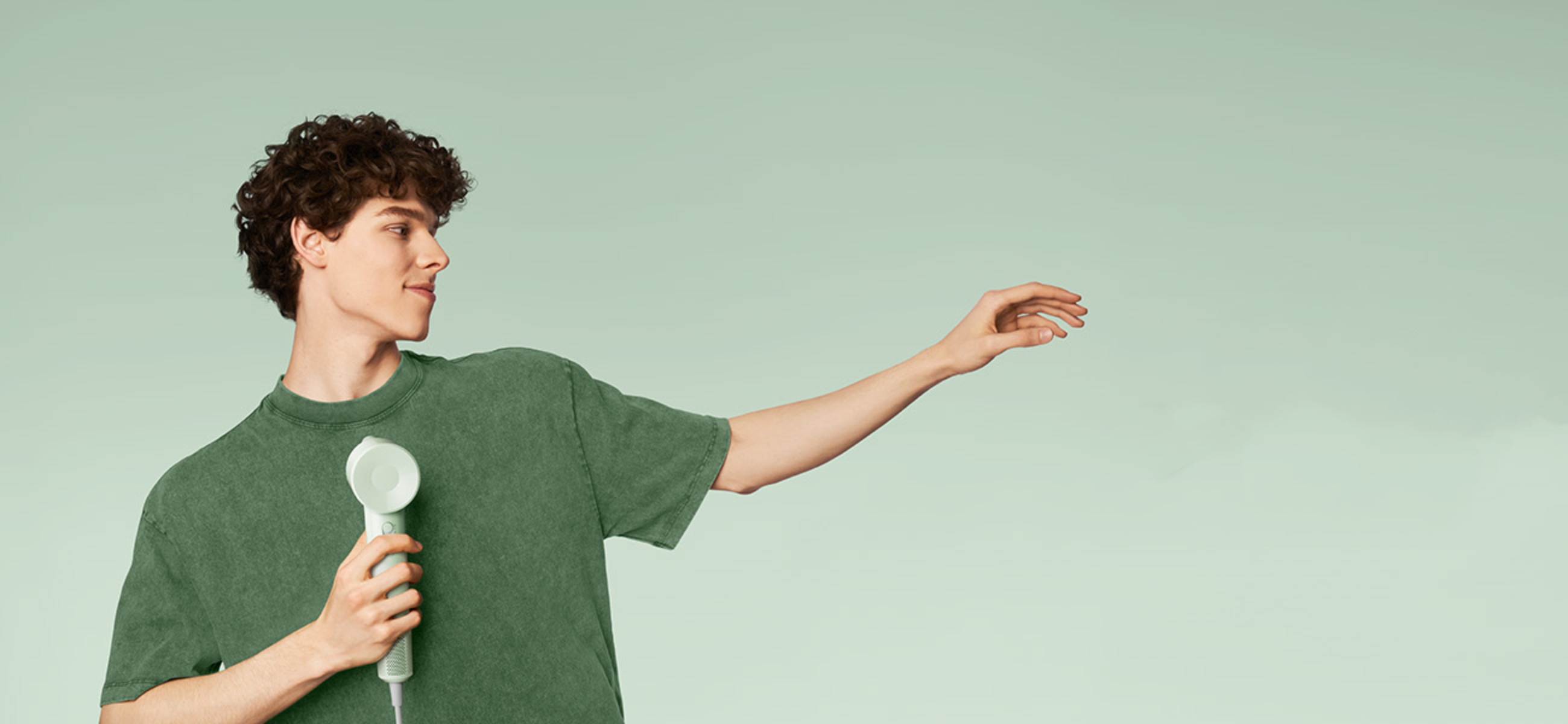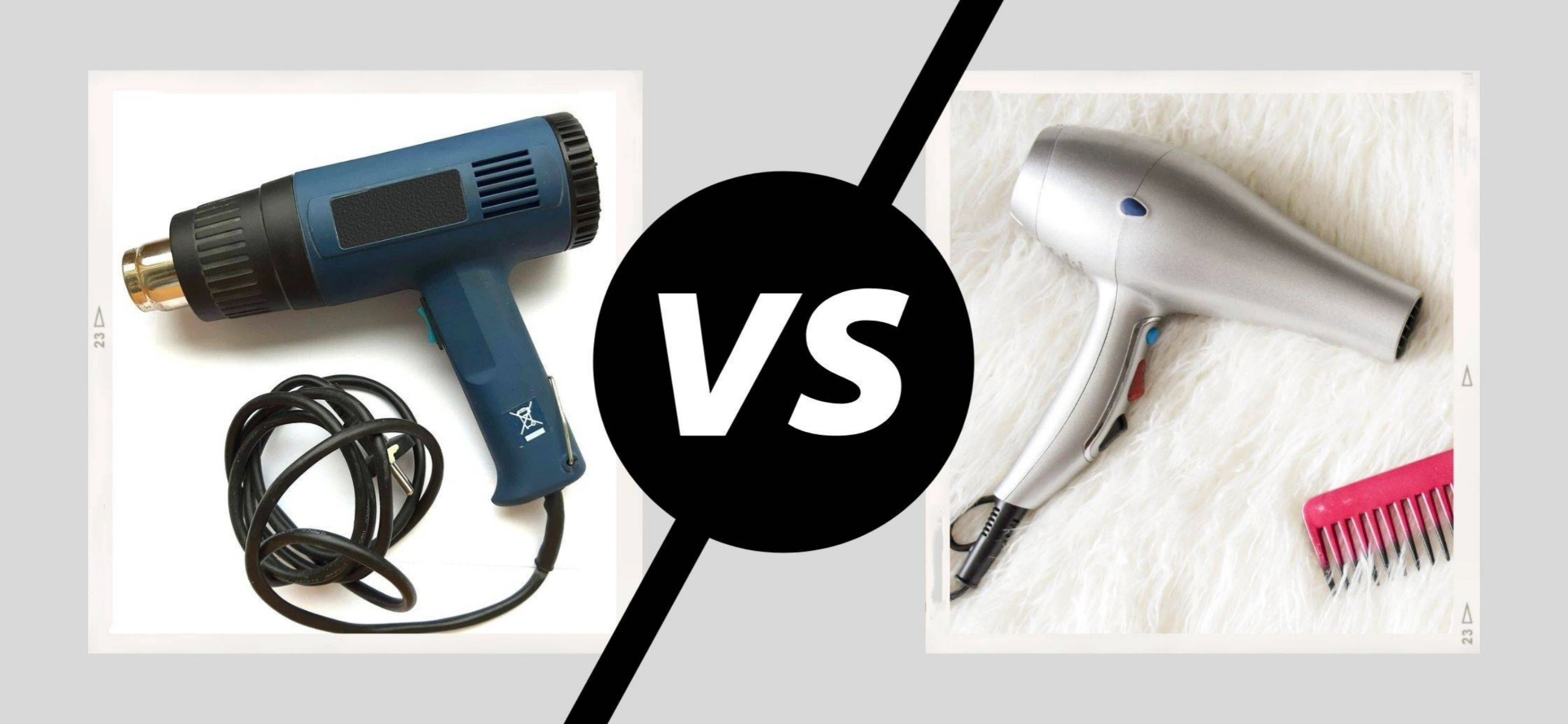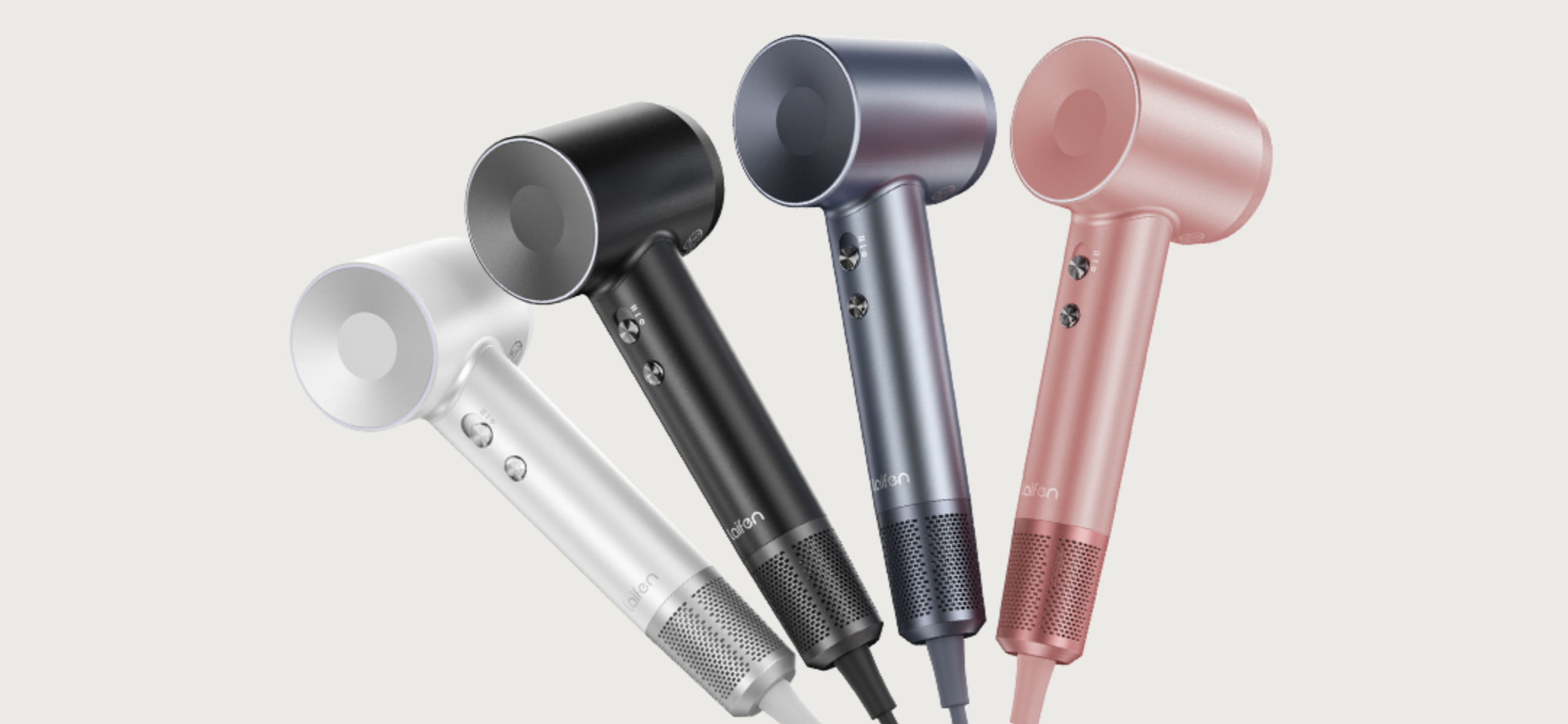Antique hair dryers are a fascinating relic of the past, showcasing how far technology has come. Unlike today’s swanky models, vintage dryers were often bulky, uniquely designed, and sometimes even came with a hood! Many today might not even recognize these old-school contraptions.
This article is for those who want to enter into the intriguing world of antique hair dryers, whether you’re considering buying one, already own one and are curious about its value, or simply want to marvel at their unique designs and photos.
What did the first hair dryer look like?
Do you want to know what the first blow dryer looks like? The first hair dryer, introduced in the early 1920s, was quite a departure from the dashing devices we use today. It was a bulky, heavy contraption that resembled a vacuum cleaner more than a modern hair dryer. Often made from metal, these early models featured large, round bodies with a long, flexible hose that attached to a hand-held nozzle. Some even had a hood attachment, much like the ones you’d see in old-school salons.
These early hair dryers were not only cumbersome but also noisy and not particularly efficient by today’s standards. Despite their drawbacks, they represented a significant leap forward in personal grooming technology because it empowers women to dry their hair at home for the first time.
A brief history description of old antique hair dryers
Let’s take a look at how hair dryers have evolved from the 1920s to today. You might just change the way you see hair dryers after this!
1920s
Antique hair dryers have a rich and intriguing history that reflects the evolution of beauty technology over the decades. The journey began in the early 1920s when the first hand-held hair dryers hit the market. These early models, invented by French stylist Alexander Godefroy, were large, heavy, and often resembled vacuum cleaners. Made primarily of metal, they featured a hose and nozzle or a hood attachment. Despite their cumbersome nature and inefficiency compared to modern standards, they were groundbreaking at the time.
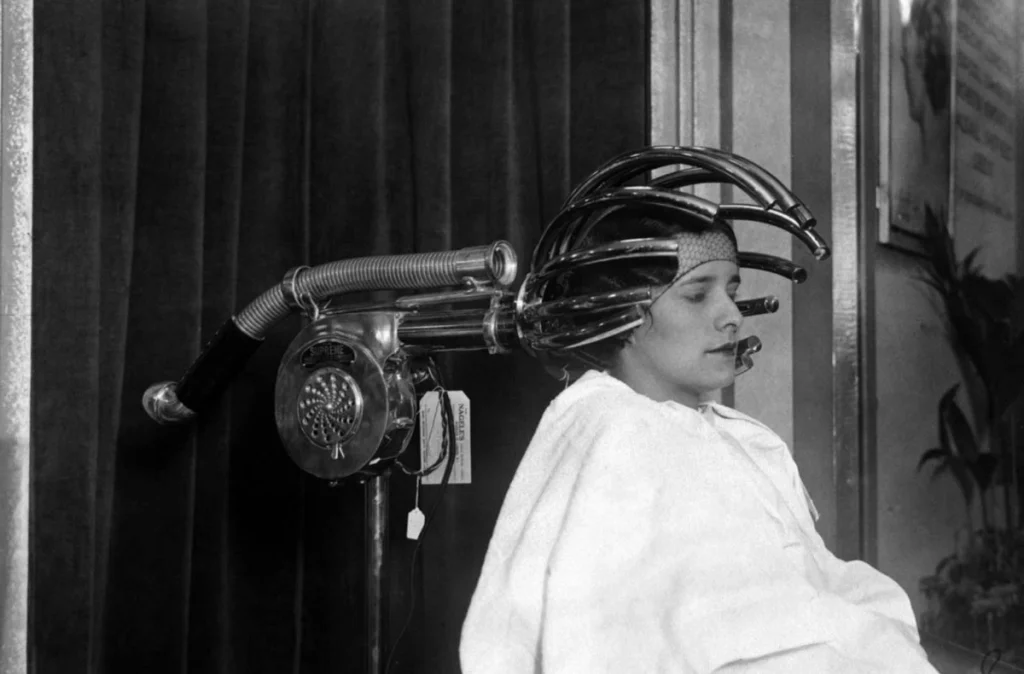
1930s
In the 1930s, advancements led to more compact and portable designs, although they still retained a certain bulkiness. These dryers became more accessible, with prices ranging from $10 to $25—a considerable investment in those days.
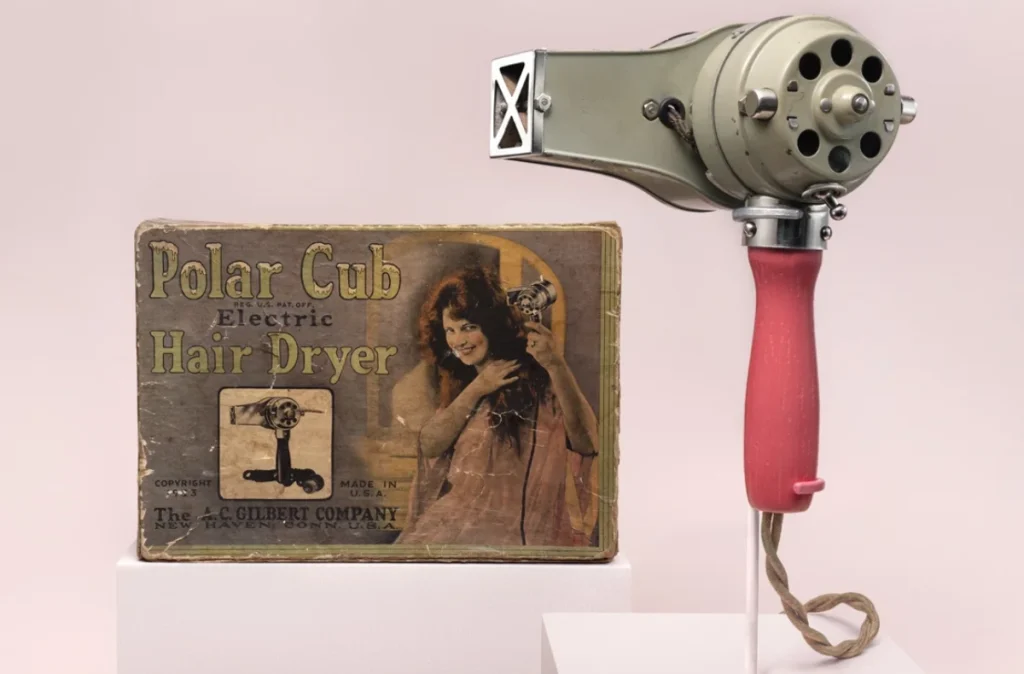
1950s
The 1950s saw the introduction of bonnet dryers, which quickly became a popular household item in the United States. These dryers, often seen in American homes, came with a flexible hose attached to a cap that users would wear, granting them multitasking while drying their hair.
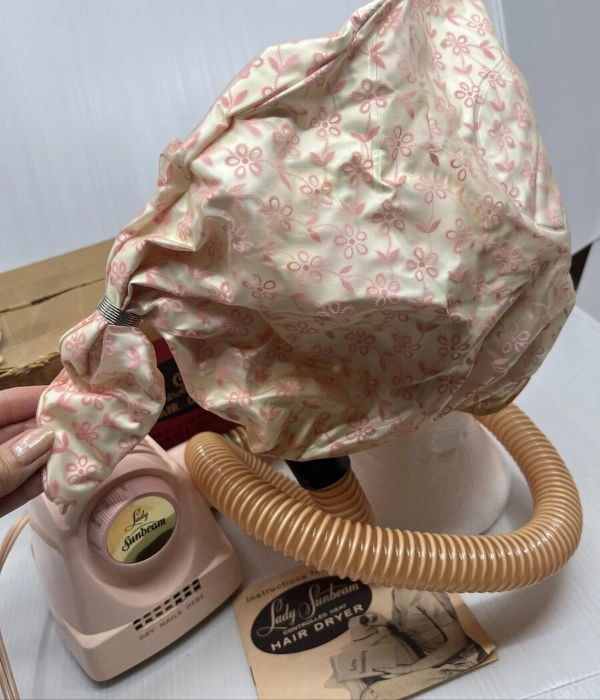
1960s and 70s
By the 1960s and 70s, hair dryers had become a staple in homes across Europe and North America, with Italy and Germany emerging as major manufacturers. Companies like Braun and Italian brand Elchim gained popularity, known for their innovative designs and improved safety features. During this period, lighter materials and advanced technology made hair dryers more efficient and user-friendly.
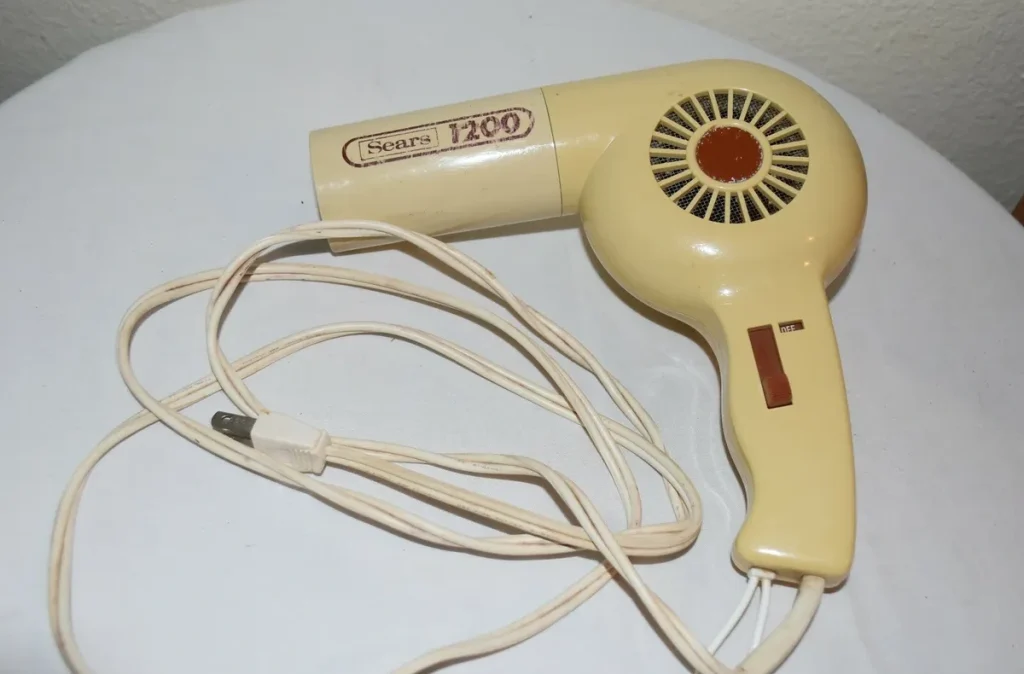
Today
Prices for these vintage models can vary widely today, depending on their condition and rarity. Collectors might pay anywhere from $50 to several hundred dollars for a well-preserved antique hair dryer. These devices not only serve as functional tools but also as nostalgic pieces of history, reflecting the changing styles and technological advancements of their times.
[Read up to: How fast is the Laifen hair dryer? Experience unmatched speed!]
[Read up to: A complete guide to Laifen hair dryer’s negative ions]
[Read up to: More than lights: Laifen hair dryer with innovative 4-color LED ring temperature mode]
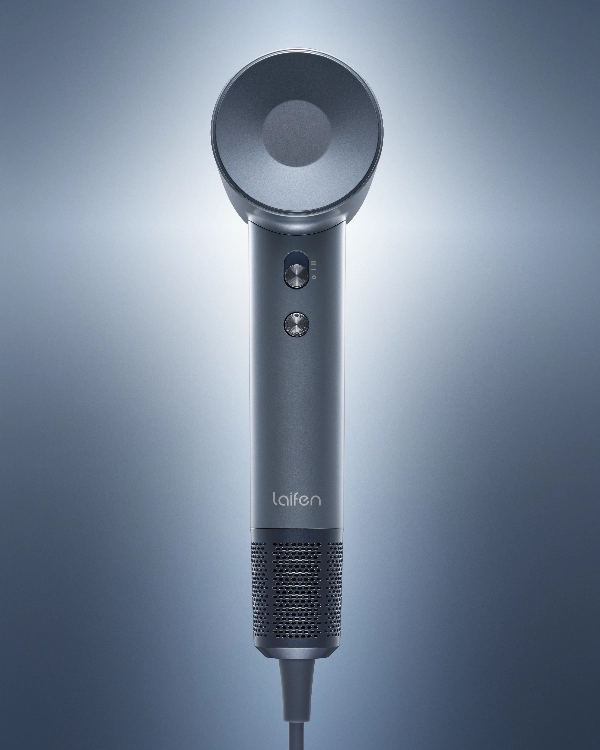
Despite the advent of modern, high-tech hair dryers, antique models remain cherished for their unique designs and historical significance. For those who appreciate the charm of the past, these vintage dryers offer a nostalgic glimpse into the evolution of beauty care.
However, if you’re looking to enjoy the latest in hair dryer technology, models like the Laifen hair dryers, besides high-speed technologies, featuring negative ions and thermo control, are excellent choices that provide superior performance and convenience.
How much was a hair dryer in the 1920s-70s?
Hair dryer prices have bounced around with all the new features and how folks’ lives have changed—it ain’t just about jacking up the prices. Let’s get into what’s really going on.
| Decade | Price range (USD) | Notes |
| 1920s | $10 – $25 | Early models were bulky and less efficient. |
| 1930s | $8 – $20 | More compact designs began to emerge. |
| 1940s | $15 – $30 | Increased accessibility and improved technology. |
| 1950s | $10 – $35 | Introduction of bonnet hair dryers. |
| 1960s | $15 – $40 | Lightweight materials and better safety features. |
| 1970s | $20 – $50 | Further technological advancements and user-friendly designs. |
Additional details:
- 1920s: The first hand-held hair dryers, often resembling vacuum cleaners, were priced between $10 and $25. These early models were made primarily of metal and were quite heavy.
- 1930s: Prices dropped slightly as designs became more compact and portable, ranging from $8 to $20.
- 1940s: Hair dryers became more accessible, with prices ranging from $15 to $30. Technology continued to improve to make these devices more efficient.
- 1950s: The introduction of bonnet hair dryers became popular, with prices between $10 and $35. These dryers allowed users to multitask while drying their hair.
- 1960s: Hair dryers continued to evolve with lightweight materials and improved safety features, priced between $15 and $40.
- 1970s: The decade saw further technological advancements, with prices ranging from $20 to $50. Designs became more user-friendly and efficient.
How does the antique chic hair dryer affect society?
The antique chic hair dryer has left a significant mark on society, blending the worlds of beauty, technology, and fashion with a dash of nostalgia. Here’s a fun look at how these vintage gadgets have influenced us:
Cultural impact
- Beauty standards and routines:
- Imagine trying to style your hair in the 1920s without a hair dryer. Enter these early hair dryers, making it possible for women to achieve those glamorous waves at home. It was like having a mini salon right in your bedroom.
- These gizmos helped shift beauty standards, making it easier to keep up with the latest trends without constantly visiting the salon.
- Empowerment and independence:
- Owning a hair dryer was empowering. It was like having a secret weapon in your beauty arsenal. Women could now take control of their look, whenever and however they wanted.
Technological advancements
- Innovation in home appliances:
- These early hair dryers were like the tech pioneers of the beauty world. They paved the way for safer, more efficient home gadgets. Next thing you know, our kitchens and bathrooms are full of handy appliances we can’t live without.
- Think of it as the grandparent of your sleek, modern hair dryer. We’ve come a long way from the metal monsters of the past!
- Material and design evolution:
- Early hair dryers were heavy enough to double as a workout tool. Over time, they got lighter and more user-friendly, just like our smartphones did. Now, we can dry our hair without feeling like we’re lifting weights.
- This evolution reflects broader trends in tech – from clunky to chic.
Fashion and style
- Trendsetting and iconic styles:
- Hair dryers have been behind some of the most iconic hairstyles, from 1920s flapper curls to 1960s beehives. Without them, we’d all be walking around with air-dried hair – and that’s not always a good look.
- These gadgets were the unsung heroes behind those magazine cover styles, helping set trends and keep them alive.
- Collectibles and nostalgia:
- Antique hair dryers are now hot collectibles, perfect for adding a touch of retro charm to any space. They’re like the vinyl records of the beauty world – full of nostalgia and vintage cool.
- They make great conversation starters. “Oh, this old thing? It’s an original 1930s model. No big deal.”
Social and economic impact
- Economic growth and consumerism:
- The rise of hair dryers contributed to the booming beauty industry, creating jobs and boosting economies. It’s amazing what a little hot air can do!
- Hair dryers were one of the early signs of the consumerism wave. They showed that people were ready to invest in gadgets that made life easier and more stylish.
- Job creation and industry expansion:
- The popularity of hair dryers led to more jobs in manufacturing and retail, and expanded the beauty industry. Salons, beauty supply stores, and marketing campaigns – all benefited from this humble appliance.
Modern influence
- Sustainability and innovation:
- Today’s interest in antique hair dryers underscores a love for sustainability and vintage chic. Why buy new when you can rock something with history and character?
- Modern hair dryers, like those from Laifen, have taken inspiration from their predecessors but added high-tech features like negative ions and thermo control. It’s like upgrading from a Model T to a Tesla.
In a nutshell, antique hair dryers have shaped beauty routines, driven technological innovation, set fashion trends, and contributed to economic growth. They’re a charming reminder of how far we’ve come and a testament to the ongoing blend of style and technology.
What is the value of an antique blow dryer?
Determining the value of an antique blow dryer involves several factors. Here’s a guide on how to evaluate and define the price of your vintage beauty gadget:
Factors influencing the value of an antique blow dryer
- Age and historical significance:
- Older models, especially those from the early 20th century, tend to be more valuable due to their rarity and historical significance.
- The first hand-held hair dryers from the 1920s and 1930s are particularly sought after by collectors.
- Brand and manufacturer:
- Well-known brands like Hamilton Beach, Universal, and GE can fetch higher prices due to their reputation and collectability.
- Certain manufacturers who were pioneers in the industry can add a premium to the value.
- Condition:
- The overall condition of the hair dryer plays a crucial role. Fully functional units in excellent cosmetic condition are worth more.
- Look for minimal rust, intact parts, and original components. Restored or repaired models may be valued lower than those in original, pristine condition.
- Rarity and model:
- Unique or rare models, limited editions, or those with distinctive features (like early hood dryers) can command higher prices.
- Models that were produced in limited quantities are generally more valuable.
- Provenance and documentation:
- Hair dryers with a documented history or provenance (e.g., ownership by a notable person or use in a significant setting) can be worth more.
- Original packaging, instruction manuals, and promotional materials can also add to the value.
- Aesthetic appeal:
- The design and aesthetic appeal of the hair dryer can influence its value. Art Deco designs from the 1920s and 1930s, for example, are highly prized for their visual appeal.
- Unique or quirky designs can attract collectors looking for standout pieces.
How to determine the value?
- Research and comparison:
- Look for similar models on auction sites like eBay or specialized antique appliance dealers to get an idea of the current market value.
- Compare prices of hair dryers in similar condition and from the same era.
- Professional appraisal:
- Consider getting a professional appraisal from an expert in vintage appliances or collectibles. They can provide a more accurate valuation based on their experience and market knowledge.
- Auction results:
- Check the results of recent auctions for antique hair dryers. This can give you a sense of what collectors are willing to pay.
- Auction houses specializing in vintage electronics or beauty items often publish their results online.
Examples of values
| Model | Era | Condition | Approximate value (USD) |
| Hamilton Beach Model X | 1920s | Excellent | $150 – $300 |
| Universal Model H-14 | 1930s | Good | $100 – $200 |
| GE Automatic Hair Dryer | 1940s | Fair | $50 – $100 |
| Bonnet Hair Dryer | 1950s | Excellent | $75 – $150 |
| Elchim Model 2001 | 1970s | Very Good | $100 – $250 |
Selling tips
- Presentation:
- Clean the hair dryer carefully and ensure all parts are functioning. High-quality photos highlighting its features and condition can attract buyers.
- Description:
- Write a detailed description including the brand, model, era, condition, and any interesting historical facts or provenance.
- Platform choice:
- Sell on platforms frequented by collectors, such as eBay, Etsy, or specialized vintage appliance forums. Consider auction houses for higher-end models.
Are old antique hair dryers with hood safe to use?
Using old antique blow dryers with hoods can be a charming blast from the past, but you should be cautious about safety. These vintage models often lack modern safety features, and their wiring can be outdated or worn out. Before you plug one in, check the wattage and assure it matches your home’s electrical standards to avoid any issues.
For a safer and more reliable option, try a Laifen hair dryer which comes with the latest technology like negative ions and thermo control. With models from Laifen like SE or Swift, you’re able to dry your hair in a healthy manner without facing heat damage and flyaways. So, while those antique hair dryers are great for a collection or display, a Laifen is your go-to for everyday use.
Wrapping up
Vintage hair dryers are truly fascinating pieces of history. They offer a unique glimpse into the past, showcasing how far technology has come. Believe it or not, there are many interesting differences between these antique models and the high-tech hair dryers we use today. While they can be a delightful addition to a collection or an eye-catching display, their practical use depends on individual interest and caution.
For those looking to enjoy the latest in hair dryer technology, Laifen models are a fantastic choice. They come equipped with advanced features like negative ions and thermo control.

